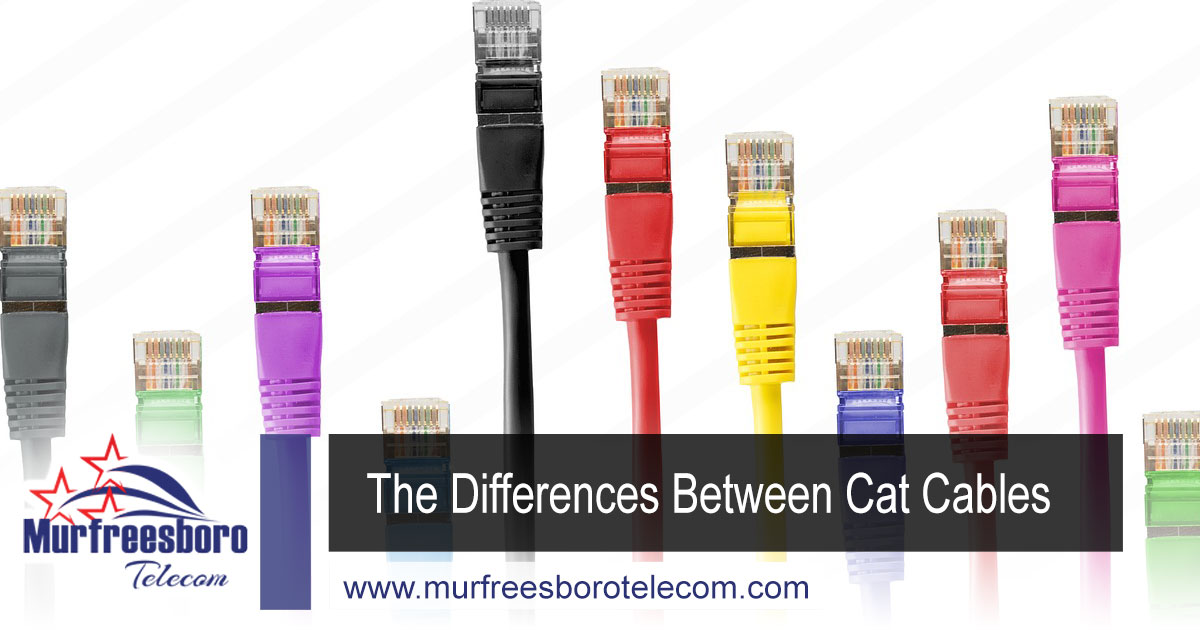Ethernet cables are a crucial component in connecting physical devices to the internet. They come in various categories or "Cats," and knowing the differences between them can help ensure that you are getting the best performance from your broadband signal.
The Cat5 cable was once the most common type of ethernet cable. However, it has become outdated due to its limited speed capabilities, which are limited to 100Mbps. Today, the Cat5e cable (with "e" standing for enhanced) has taken its place as the basic cable. The Cat5e cable can support speeds of up to 1,000Mbps and is cost-efficient, making it an ideal choice for the average household.
The Cat6 cable is an improvement over the Cat5e in terms of speed and performance. It is also backward compatible with earlier-made cables. The Cat6 cable can handle speeds of up to an impressive 10Gbps and is more tightly wound and shielded to reduce crosstalk and interference. However, the Cat6 cable is more expensive than the standard Cat5 or Cat5e cables.
The Cat7 cable is the most advanced of the three types of ethernet cables. It can support speeds of up to 10Gbps and, at shorter distances, even up to 100Gbps. Additionally, the Cat7 cable can support frequencies ranging from 600MHz to 1,000MHz, making it more suitable for industrial use and super-fast download speeds of larger files. However, the Cat7 cable is also the most expensive of the three types of ethernet cables. When choosing an ethernet cable, it is essential to consider your needs and the devices you will be connecting to the internet. For the average household, the Cat5e or Cat6 cables are usually sufficient. The Cat7 cable is best suited for industrial or professional use where the speed and bandwidth demands are higher.
It is also important to note that the length of the cable can affect its performance. The longer the cable, the more resistance it will have, which can lead to a loss in signal strength. Therefore, it is best to use the shortest cable possible that can reach the desired devices.
In conclusion, ethernet cables play a vital role in connecting physical devices to the internet, and knowing the differences between the various categories of cables can help ensure that you get the best performance from your broadband signal. The Cat5e, Cat6, and Cat7 cables all have their own strengths and weaknesses, and choosing the right one for your needs can make a significant difference in your internet speed and performance.


